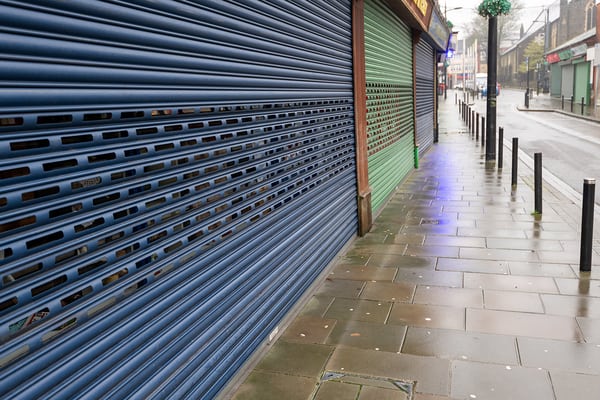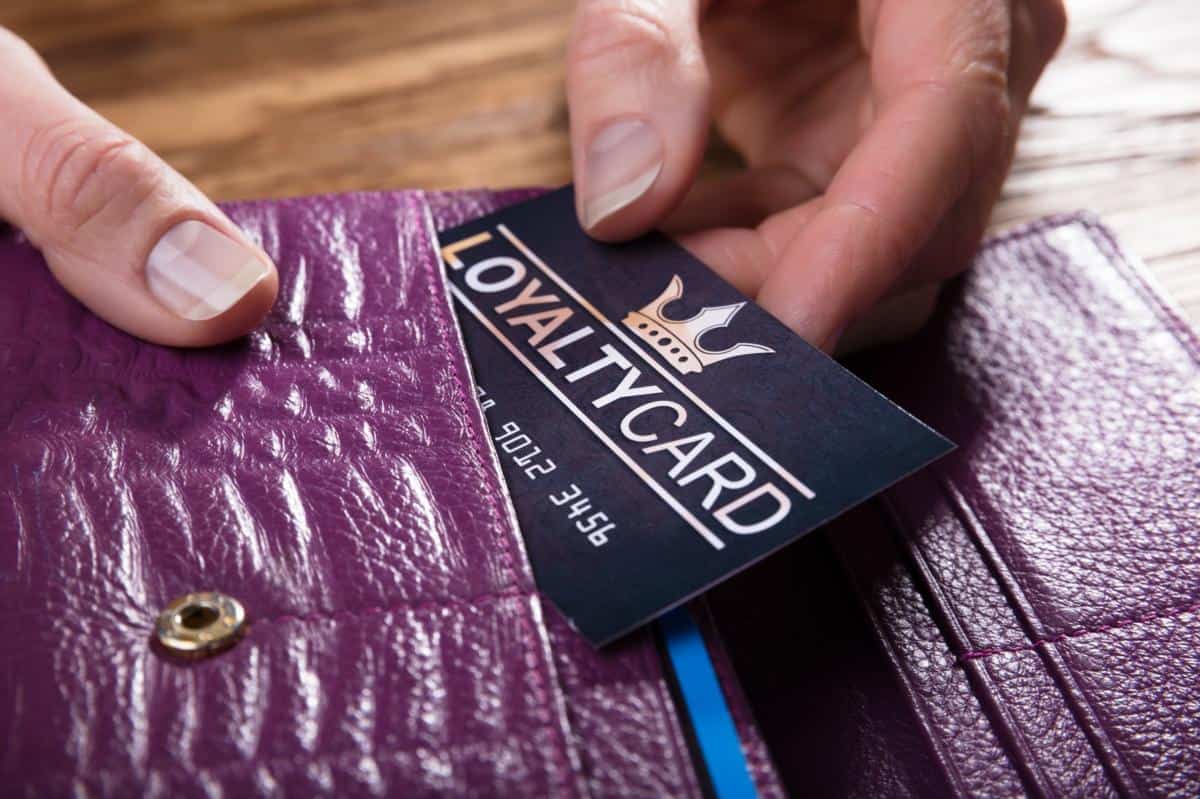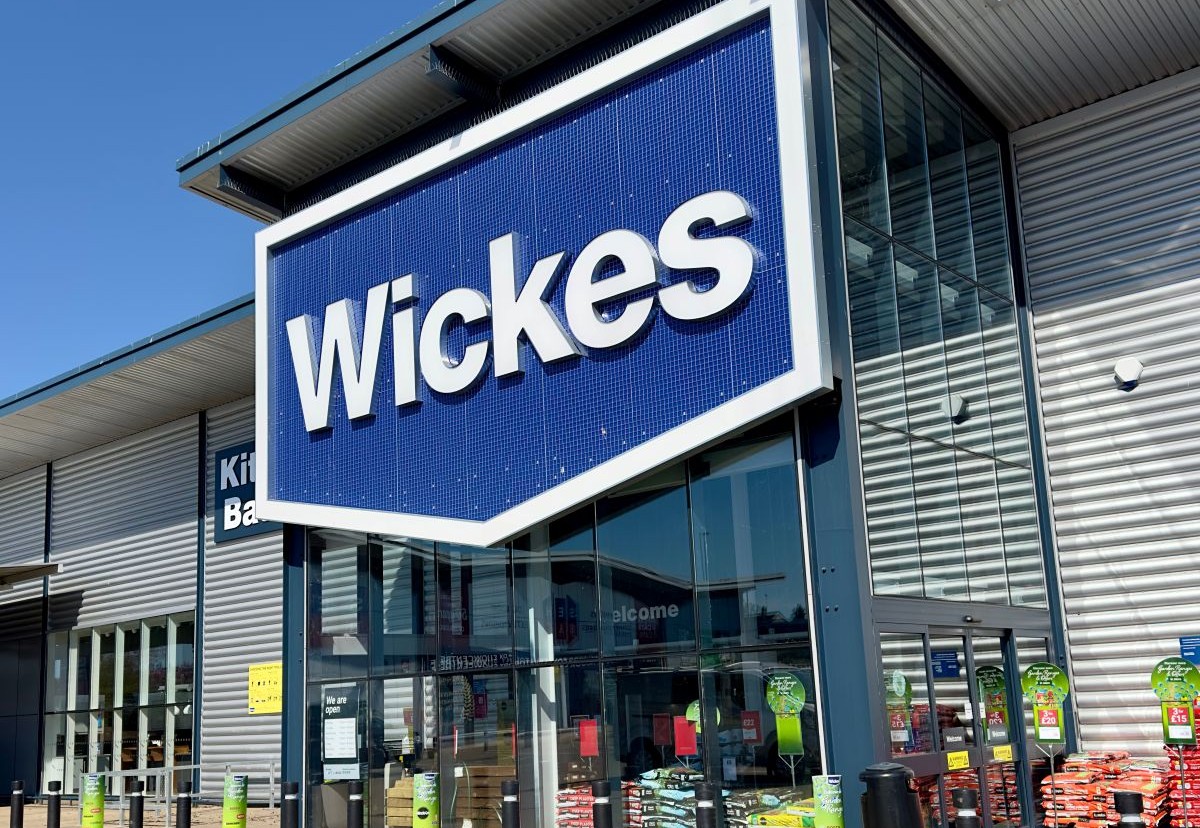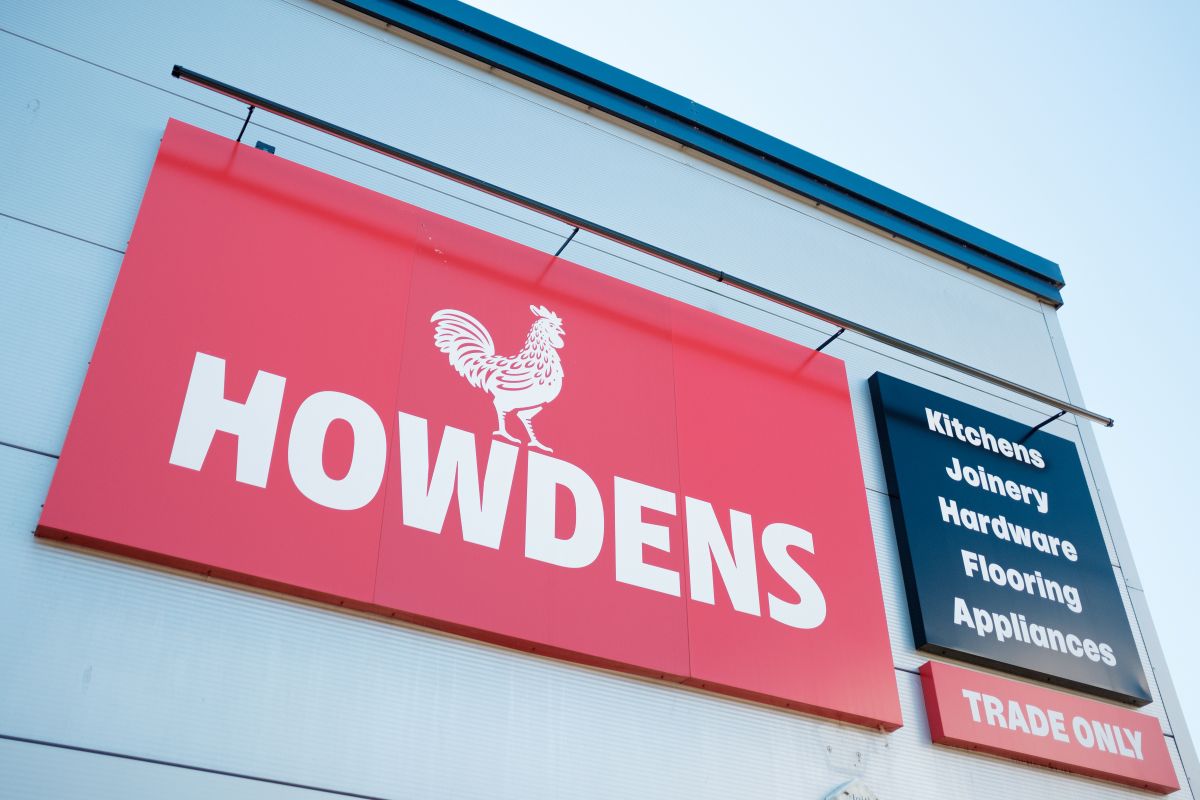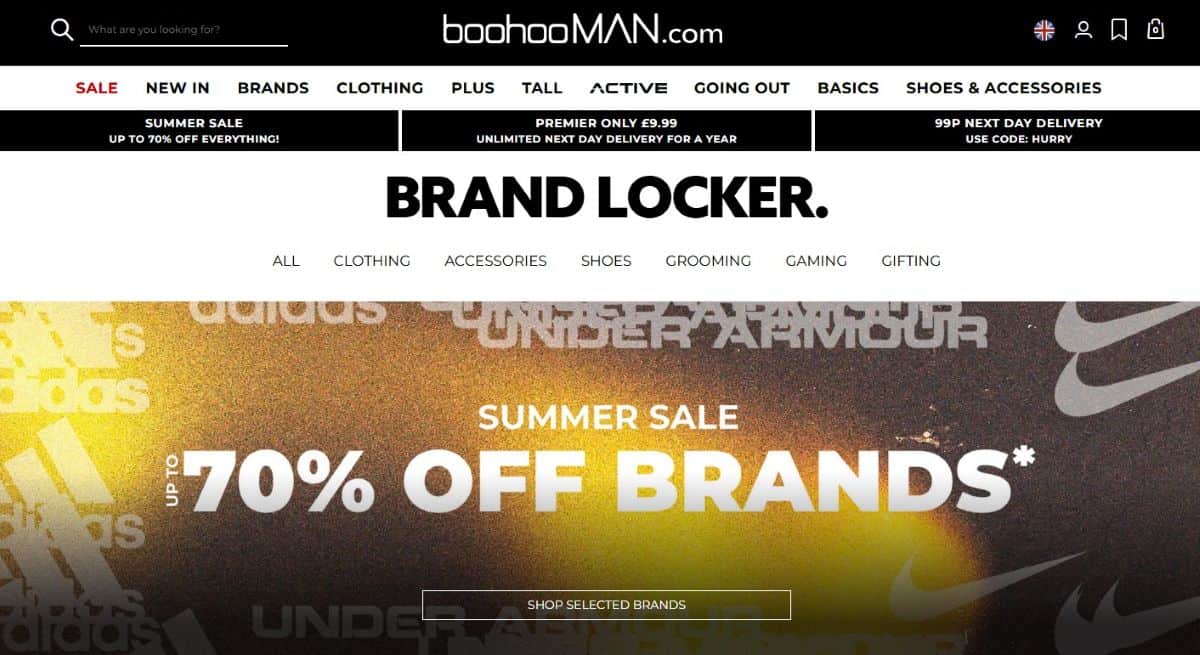The shift to online as buying habits changed during the Covid-19 pandemic has been a key factor in the closure of 8,700 chain stores in the first half of this year, new research suggests. A record number of shops now stand empty, says the Local Data Company, after six months in which 8,739 shops closed in the first six months of the year, and 3,488 shops opened, according to its analysis for PwC. That’s a net decline of 5,251, although the rate of decline is now 750 lower than in the first eight months of last year.
The online shift
Part of the decline has come as online operators have bought previously store-first retailers and turned them into pureplay brands. High street department store Debenhams and the former Arcadia brands Dorothy Perkins, Wallis and Burton now trade online-only under the ownership of Boohoo Group, while Asos now owns Topshop, Topman, Miss Selfridge and HIIT.
The closures also reflect new patterns of working that have seen more people work from home during the Covid-19 pandemic – and many will continue to do so at least some of the time. The net closure rate is higher in city centres (-4.3%), which tend to have more offices, the LDC/PwC study found, and lower in commuter towns (-3%) and villages (-2.3%). Fewer shops have closed on retail parks (634 net closures), than on high streets (3,643) and shopping centres (1,464). PwC’s analysis suggests that extended furlough and business rates relief has helped operators to stay in business, and a rent moratorium has prevented landlords from evicting them as a result of non-payment of rents or arrears.
Lisa Hooker, consumer markets lead at PwC, says: “After an acceleration in store closures last year coupled with last minute Christmas tier restrictions and lockdowns extending into 2021, we might have expected a higher number of store closures this year. Government support has proved to be the lifeline for many to weather the storm and survive the pandemic. The fate of many operators has also been helped by resilience in consumer spending, including investment in the home through lockdown and using enforced lockdowns savings for ‘revenge spending’ when possible.
“However, operators are far from out of the woods and the next six months will be a make or break for many chains, particularly with the reinstatement of full business rates for all but the smallest operators, the winding-down of furlough support and agreement yet to be reached between many operators and landlords on rent arrears. There is also continued uncertainty for hospitality businesses who will be apprehensive of further restrictions on operating and the possible requirement for vaccine passports later in the year.”
Rethinking location
The PwC analysis suggests that people still want to buy in store – and that the key to improved retail sales is to find the right location.
“The good news is that there are some green shoots of optimism,” adds Hooker. “Consumers still want a physical shopping experience and a number of chain stores and restaurants are opening. There is opportunity for operators who can be nimble, taking advantage of the current situation to either open new stores or to move stores to better locations.”
The challenge for landlords is now to find new ways to use retail locations that are no longer well placed for the way shoppers now want to buy, says Lucy Stainton, head of retail and strategic partnerships at the Local Data Company. “Our latest research on behalf of PwC points to a gentler net decline and pockets of resilience in key sectors such as fast food take away and convenience stores,” says Stainton. “Beyond this, we have witnessed the independent retail market returning to modest growth as consumers were motivated to support local businesses.
“That being said, the compound impact of multiple lockdowns can’t be ignored and whilst a slowdown in store closures is certainly welcome and a positive sign, the volume of empty units across GB is at a record high with no sign that the demand will ever be there to meet the supply. In fact, the data for H1 2021 indicates that openings were at the lowest they have been for six years. I fervently believe that there is still appetite for retail and leisure provision away from online, especially for occupiers that innovate in order to retain consumer interest long-term. However, the key to protecting our retail destinations will be for landlords, councils and place makers to proactively consider surplus space and how they can redevelop property for other uses outside of retail.”
Lisa Hooker, consumer markets lead at PwC, says that not all shopping locations are likely to survive, and investors will be looking at how to use those sites in profitable ways. “Showcasing independent and local operators rather than the chains that are retreating could attract more footfall. On the other hand, converting for alternative use, whether housing, offices or civic services could be on the cards. The current overcapacity of retail space needs to be addressed and effective changes will require the cooperation of government, landlords and operators.”
The Local Data Company analysis tracks 205,565 outlets across Great Britain, between January 1and June 30, compared to January to August 2020 – as fieldwork went on pause during the first UK lockdown last year.
The role of technology
Commenting on the study, Andrew Fowkes, director, global CPG and retail at SAS, says: “Covid-19 has propelled a whole new generation of digital adopters online. Research shows that one in ten customers started using a digital service/app for the first time since lockdown, and 70% plan to keep using the new channels permanently. But brands will have to work hard and offer competitive online experiences in order to keep them. Businesses that are new to online trading must continue to recognise customers as individuals and tailor the online experiences they deliver accordingly. This means leveraging data to understand what customers want from their shopping experience. By doing this, they can compete with and beat the established ecommerce juggernauts.
“Could these technologies now also save the high street? New technologies that can segment customers and truly understand their needs can make for a smoother experience both online and in-store.”
Melissa Minkow, retail industry lead at CI&T, says the figures show how hard the high street has been hit by the lockdowns, cautious consumers and supply chain disruption following the Covid-19 pandemic. “Physical high street stores have felt the impacts of the last 18 months even more than their digital peers due to their exposure to all the costs of store upkeep and generally being less flexible to adapt to shifting consumer behaviours,” she says.
“The pandemic taught consumers the value of omnichannel services such as buy online, pickup in store, curbside, and retailer apps in facilitation of brick and mortar. As such, to ensure the best possible customer experience moving forward, brands need to find the most balanced designs for physical stores to support consumers’ online-offline hybrid behaviours.”
